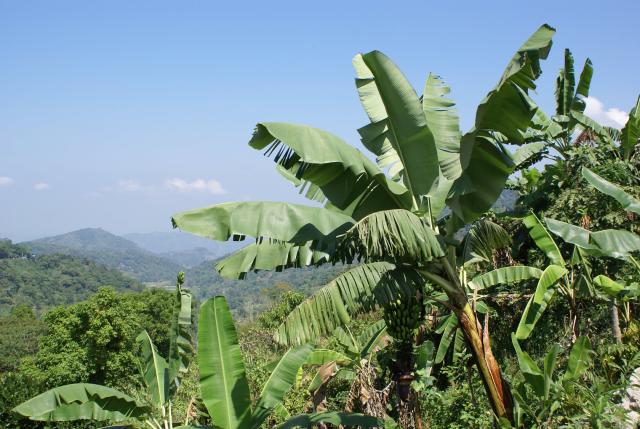 |
| Banana plants |
How to grow ornamental bananas
 |
| Banana plants |
The best cultivar for consideration is the hardy Himalayan bamboo 'Musa sikkimensis', but failing that - as availability is sparse - the next best variety would be Musa basjoo. Both of these varieties can even be left outside to over-winter if given suitable protection from hard frosts.
The closely related Ensete ventricosum (sometimes known as Musa ensete) is also worth a try. Even though it is not as hardy, it is far more ornamental by comparison. However, this variety should not be left to overwinter outside - even with adequate protection - unless you live in the mildest of regions. For the stunning red coloured form choose Ensete ventricosum 'Maurelii'.
 |
| Banana plants |
The soil will need to be slightly acidic, and well drained - particularly important for overwintering - with a high organic matter content. Your banana plant will also need plenty of water through the growing season including a regular spraying of the foliage, but refrain from doing this during the hottest part of the day to avoid leaf scorching. Bananas are renown for heavy feeding and so a good tip for successful growth is to add plenty of mulch throughout the growing season. It may also be worth adding a couple of doses of 'sulphate of potash', once at the beginning of the growing season with a second during the height of the summer.
 |
| Banana plants |
Clearly one of the most defining features of the banana tree - apart from its large and distinctive tropical leaves - are its fruit, and although it is possible for this species to bear fruit in this country - given a long and hot summer - try and resist the urge to eat them as they are in fact inedible.
For more information click onto:
BANANA PLANTS







No comments:
Post a Comment